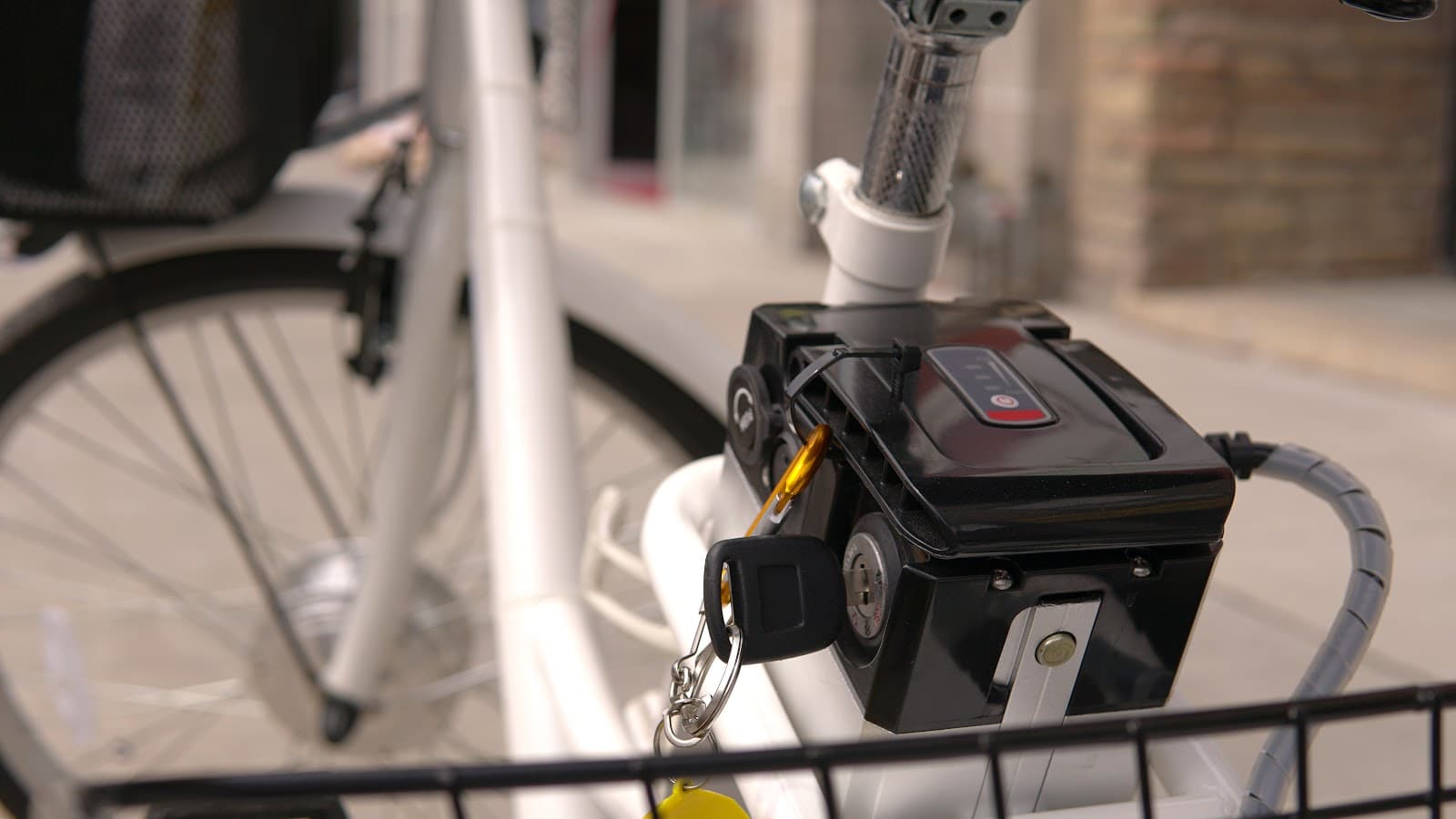At the core of every electric bike is a battery. This power source is critical not only for the motor, but for other great features like automatic gear shifting, advanced lighting systems, cell phone charging, and more. As a result, batteries are a significant focus for eBike innovation, with batteries getting revamped almost as often as the motors do on electric bikes.
While we can’t predict everything on the horizon, we want to share a few trends and key technologies we see in not just the eBike industry but the battery industry as a whole. We hope that our blog post will help you get excited about the future of the eBike industry and invite you to share your findings and articles about the future of electric bike batteries.

The Goals of eBike Battery Tech
Greater Energy Density
Every battery has a specific amount of energy it can store at any given time. One of the key goals within the industry right now is to make the total energy stored denser. The denser you can make the contained energy, the more energy you’re able to keep without increasing the battery’s overall size. As a result, innovations that lead to greater energy density will, in turn, lead to batteries that last longer and provide a greater riding range without having to increase battery size.
Greater Charging Cycles
Rechargeable batteries are great for several reasons. They provide greater energy capacity and cut down on the waste of eventually throwing batteries away. However, one of the inefficiencies of rechargeable batteries is that they lose a little of their storable energy capacity with every charge cycle.
For many eBikes, after 800 to 1,000 full charging cycles, your total charging capacity is reduced to 70% or 80% of its total charging capacity. Many innovations focus on increasing the number of charge cycles that a battery can have without being replaced. Battery longevity will allow eBike owners to ride more before having to swap out their battery.
Faster Charging
Every battery needs to be recharged at some point, which is why chargers are getting just as much attention as batteries. With chargers, the goal is to deliver more power every second into the battery without significantly increasing the charger size, cost, or risk of damaging either the battery or the charger itself.
Fast and safe charging is significant as batteries increase their overall storage capacity. This capacity will lead to longer recharging times for eBikes if chargers themselves don’t keep pace with improving their charging time.
Improved Battery Management Systems
Battery management systems comprise a wide range of tech used to keep your battery in working condition. With eBike batteries, BMS ensures that the individual cells maintain an even and steady energy output. A faulty BMS system will lead to blown cells or the rare eBike battery that catches fire. By improving BMS on eBike batteries, they’ll be enhanced by draining their energy more slowly, charging faster, and being safer to handle overall.
Hybrid or Lithium Replacement Batteries
The modern eBike is primarily powered by lithium cell batteries, which is a practical solution and will continue to be so. The major downside to lithium batteries is that while they’re long-lasting, they don’t recycle like other components on an electric bike.
Many different approaches to lithium batteries are being taken right now, from lithium hybrids that require less fossil fuel and are easier to recycle to new types of material cells that don’t use lithium at all. Because lithium batteries provide such outstanding performance despite their small size, we expect them to be the industry standard for at least the next decade. We’re excited to see what replaces it as we search for an effective, more environmentally friendly solution.
Conclusion: How do We Expect Battery Tech to Change eBikes
While there are many goals for improving eBike batteries, we don’t expect a dramatic difference in how eBikes perform in the immediate future. One reason is that to make eBikes street legal without additional licensing, ebike motors are capped at certain speed limits. As a result, we don’t expect eBikes to be traveling any faster–even with better batteries, at least until regulations become less restrictive as more cyclists continue to adopt eBikes.
However, we expect eBikes to improve in several other ways as batteries undergo innovations year after year. By making batteries better, even within the general battery industry, eBikes will be able to travel farther on a single charge, cost less money to purchase, and further reduce their impact on the environment to produce them.
As batteries become more effective, they’ll be a more popular replacement for cars and other motor vehicles, which leads to other benefits. The more interest there is in eBikes, the more companies will produce them. They’ll invest in research and development to improve upon the other key eBike components as well.
We’re keeping a close eye on how batteries are changing, even when the innovations aren’t made for eBike batteries directly. There are few differences between your mainstream battery and your typical eBike battery, with improvements in the former quickly being applied to the latter.
Any improvement for batteries is bound to be an improvement for eBike batteries, and eventually for eBikes as a whole. It is an exciting time to follow the world of eBikes, so revisit Best Electric Bikes in the future for breaking information on the latest trends within the eBike industry.


Leave a Reply